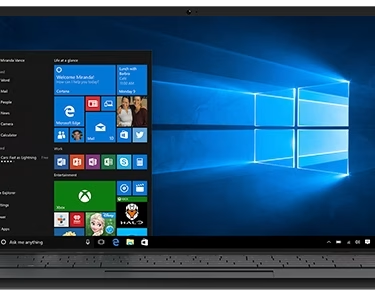With Windows 11, Microsoft made a dubious update that eliminates your option for OneDrive backups.
Microsoft now forcibly engages the OneDrive feature’s automated folder backup when you set up a new computer, without warning you or requesting your consent. OneDrive typically appears on your desktop when you first set up a new Windows PC using a Microsoft account and an internet connection. The program synchronizes folder-related data, including documents, music, movies, and photographs, which can be helpful in some situations.
In the worst situation, though, you might install Windows and find yourself staring at a jumbled desktop full of folders and data. This is going to irritate people to no end. Automatic folder backups used to require your explicit activation; if you neglected to do so, Microsoft would periodically remind you of the capability.
Currently, though, Microsoft appears to have assumed that OneDrive backups should be enabled by default for all users, thus it is required without exception. It can go unnoticed until you boot up a fresh computer and all of your previous data appear once more.
How to deactivate OneDrive backups
You can disable OneDrive if you do not want your Windows PC to backup everything in other folders or on your desktop to the cloud: In the notification area of your taskbar, locate the OneDrive icon and right-click on it. (If the icon is not immediately visible, you might need to click the small arrow to enlarge the field.) Next, click the gear symbol for settings and choose Settings.
Select Manage Backup after clicking the Sync and Backup option on the left sidebar. After turning off every folder you do not want to have backed up to OneDrive, make sure the modifications have taken effect. If your version of OneDrive is older and still uses the traditional tabbed interface, select the Backup tab, click Manage Backup, and finally select Stop Backup. You will have to double-check the configuration.
Alternatively, if you wish to avoid using automatic backups, you can remove OneDrive. Although it would be the easiest fix, Microsoft might not be too fond of it.





